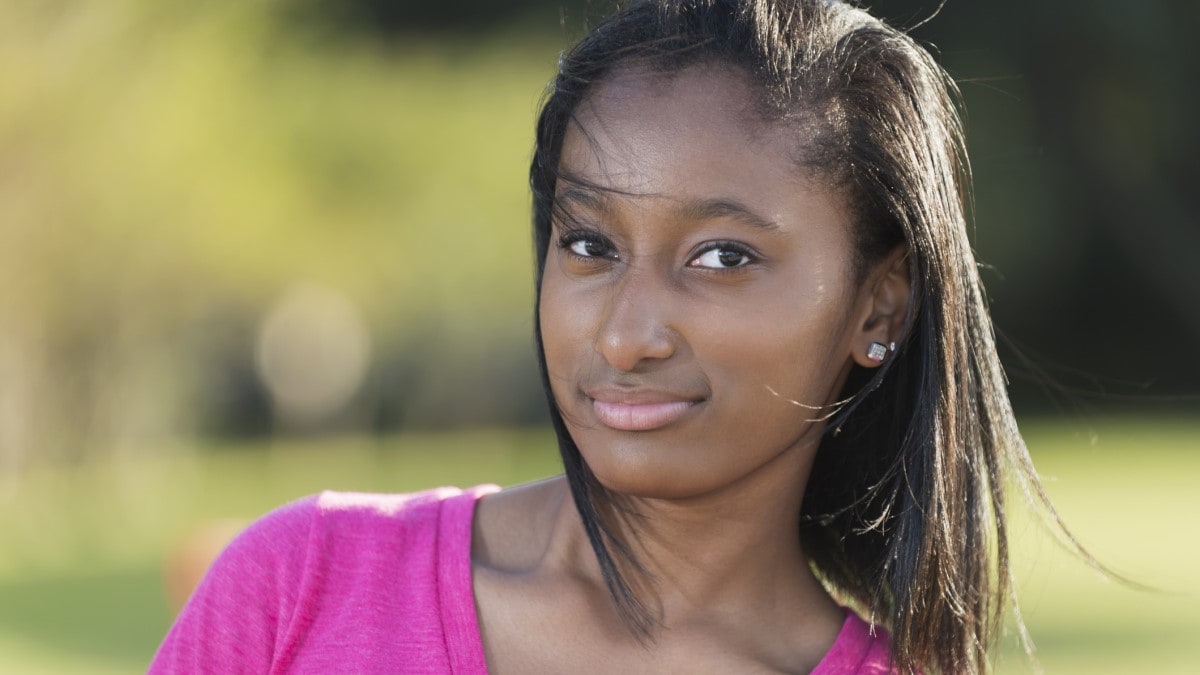What to know
Fewer young women in the United States are getting cervical cancer since the HPV vaccine became available.
Background

Human papillomavirus (HPV) is a common sexually transmitted infection. Nearly all men and women in the United States get HPV at some point in their lives. HPV causes nearly all cervical cancers. It can also cause several other kinds of cancer in men and women.
A vaccine against HPV became available in the United States in 2006. CDC recommends giving the vaccine to children who are 11 or 12 years old, before they are exposed to HPV. The vaccine can also be given to teens and young adults.
Cancer usually takes years, even decades, to develop after a person gets HPV. But since the HPV vaccine has been available in the United States for more than a decade, scientists can look for signs that it may be helping to reduce the number of young women getting cervical cancer.
About the study
To find out if the HPV vaccine is affecting cervical cancer rates in the United States, CDC scientists looked at data from United States Cancer Statistics from 1999 to 2017. The statistics provide information on new cancer cases and cancer deaths for nearly 98% of the United States population.
Researchers looked at data about two kinds of invasive cervical cancers:
- Squamous cell carcinoma. This kind of cervical cancer starts in the squamous cells, which are thin, flat cells that line the outer part of the cervix. Most cervical cancers are squamous cell carcinomas.
- Adenocarcinoma. This kind of cervical cancer starts in the glandular cells that line the cervical canal and make mucus.
They focused on girls and women in three age groups: 15 to 20 years old, 21 to 24 years old, and 25 to 29 years old.
Key findings
From 1999 to 2017, about 13,000 cervical cancers were found among girls and women who were 15 to 29 years old. That’s about 700 cancers per year in this age group.
Total number of cervical cancers
The total number of cervical cancer cases dropped for all age groups from 1999 to 2017.
- In girls and women who were 15 to 20 years old, the number of cervical cancers dropped from 79 during 1999 to 2000 to 32 during 2015 to 2017.
- In women who were 21 to 24 years old, cervical cancers dropped from 151 in 1999 to 69 in 2017.
- In women who were 25 to 29 years old, cervical cancers dropped from 685 in 1999 to 492 in 2017.
Squamous cell carcinoma incidence rates
The rate of getting squamous cell carcinoma cervical cancer dropped from 1999 to 2017 for all age groups.
- The rate dropped almost 13% per year on average in girls and women who were 15 to 20 years old. The largest decline was from 2011 to 2017, when the rate dropped nearly 23% per year on average.
- The rate dropped almost 6% per year on average in women who were 21 to 24 years old. The largest decline was from 2012 to 2017, when the rate dropped about 11% per year on average.
- The rate dropped about 2% per year on average in women who were 25 to 29 years old.
Adenocarcinoma incidence rates
The rate of getting adenocarcinoma cervical cancer dropped from 1999 to 2017 for all age groups.
- The rate dropped about 4% per year on average in girls and women who were 15 to 20 years old. The largest decline was from 2005 to 2017, when the rate dropped about 9% per year on average.
- The rate dropped almost 4% per year on average in women who were 21 to 24 years old.
- The rate dropped nearly 2% per year on average in women who were 25 to 29 years old.
Why this matters
In this population-based study of United States cancer registry data from 1999 to 2017, rates of getting both squamous cell carcinoma and adenocarcinoma cervical cancer dropped. The largest declines were among girls and women who were 15 to 20 years old. This is the age group most likely to be vaccinated against HPV. Future studies can describe how well the HPV vaccine works to prevent cervical cancer.
To prevent cervical cancer:
- Get your children (both boys and girls) vaccinated against HPV at age 11 or 12.
- If you're a woman who is 21 to 65 years old, get screened for cervical cancer as recommended.
Research citation
Mix JM, Van Dyne EA, Saraiya M, Hallowell BD, Thomas CC. Assessing impact of HPV vaccination on cervical cancer incidence in women 15–29 years in the United States, 1999–2017: An ecologic study. Cancer Epidemiol Biomarkers Prev. 2021;30(1):30–37.
